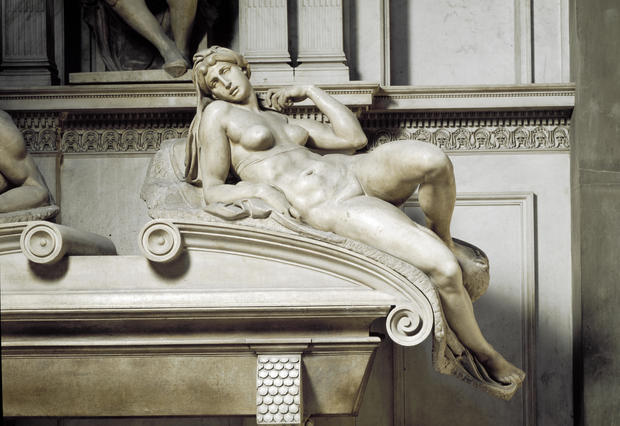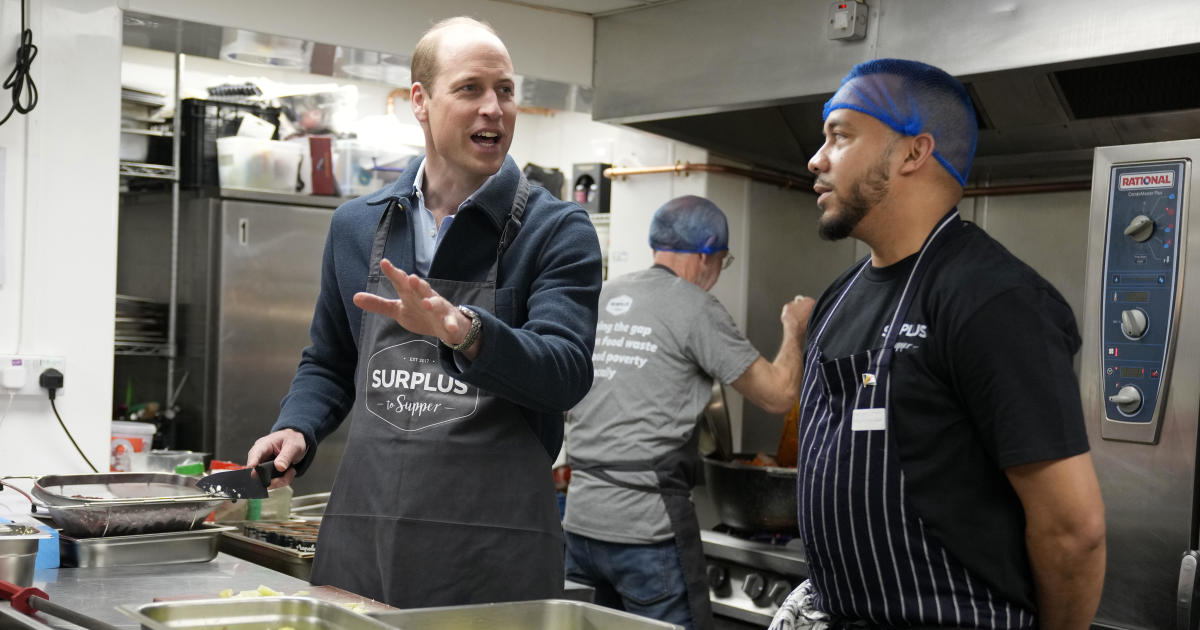An Italian museum is using flesh-eating bacteria to clean Michelangelo's statues — because they're full of corpses
Nearly 500 years ago, Duke Alessandro de Medici was lured with the promise of spending the night with a beautiful widow, but instead met the end of a knife from an assassin — hired by his cousin — who stabbed him to death. The ruler of Florence's body was placed in his father's tomb.
Now? He's leaking.
Italian art historians and restorers noticed in 2019 that the marble statues in the Medici Chapel, which was commissioned entirely by Michelangelo, were starting to appear dirtier than usual. Staining had been recorded as early as 1595, but the tools to remove it didn't exist then.
In November 2019, Italy's National Research Council figured out what was behind the grime: Bodily fluids leaking from the improperly embalmed corpse of Alessandro de Medici, along with other compounds accumulated over time from glue and plaster. Alessandro's fluids had seeped into the statues of Dusk and Dawn that adorned his father's tomb.
Anna Rosa Sprocati, a biologist at the Italian National Agency for New Technologies, hand-picked from her catalog of more than 1,000 bacteria to test against the stains. They had successes and failures, with some of the bacteria eating not just the human remains, but the delicate Carrera marble, too. But the chapel's museum believed that bacteria would be more effective than harsh chemicals or abrasives.
Sprocati's all-female team picked the eight most promising bacteria and tested them on a gridded section behind the altar of the church. The ones that worked were then put on the tomb of Giuliano di Lorenzo, specifically the statues of Night and Day. The bacteria successfully cleaned Night's hair and eyes of accumulated residue.
After a brief pause due to the COVID-19 pandemic, the team released their best flesh-eating bacteria, Serratia ficaria SH7, by way of a microbial gel onto the tomb that was becoming stained. There were even button-shaped deformations.
"SH7 ate Alessandro," Monica Bietti, the Medici Chapels Museum's former director, told The New York Times.
"It ate the whole night," said restorer Marina Vincenti, according to the news outlet.
Visitors can book tickets to the Medici Chapel online.




